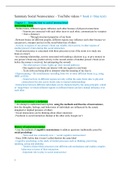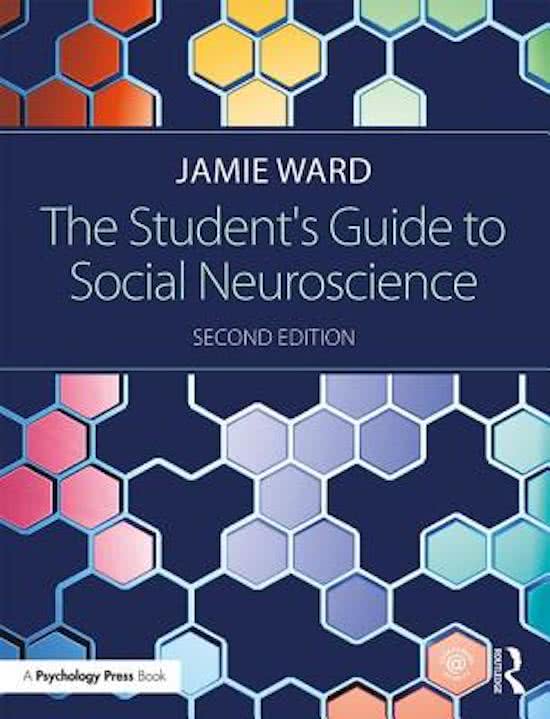Summary
Summary Social Neuroscience (for resit: ALL CHAPTERS 1-11!!)
- Course
- Institution
- Book
Summary of Social Neuroscience for the MC resit of chapter 1-11. I summarised the YouTube videos of Jamie Ward and added information from the textbook (in blue text)! Only chapter 11 did not have a video, but I summarised the chapter from the book :)
[Show more]




